My daughter is very modest so she wouldn’t brag about her accomplishments. But I will! Over the winter she made a comprehensive plan for a year-round harvest of more than 75 different plants for food and medicine for people, pets, plants, beneficial birds & bugs (micro & macro). I asked her to write about it so I can post it here – which she did and it is below. But in her modesty she left out some aspects that are quite significant.
Every plant has unique needs such as microclimate preferences, companion plants, and water requirements (largely related to whether they are annual or perennial – she planned a mix of both). I helped her plan the irrigation for everything, but she did the bulk of it. And then there’s the timing of it all: when seeds need to be direct sown, started in seed blocks, or when the seed blocks need to be transplanted into the garden (seed blocks are a method for starting seeds without conventional plastic containers).
These are some the many factors she took into account. But it doesn’t even include all of the cover crops for building soil, wildflowers for adding beauty and attracting beneficial insects, or the 13 fruit and nut trees that we jointly planned, along with my wife, and ordered months in advance for bare root planting in January. She’s also planning beneficial companion plants that form a 7-layer food forest guild for each tree.
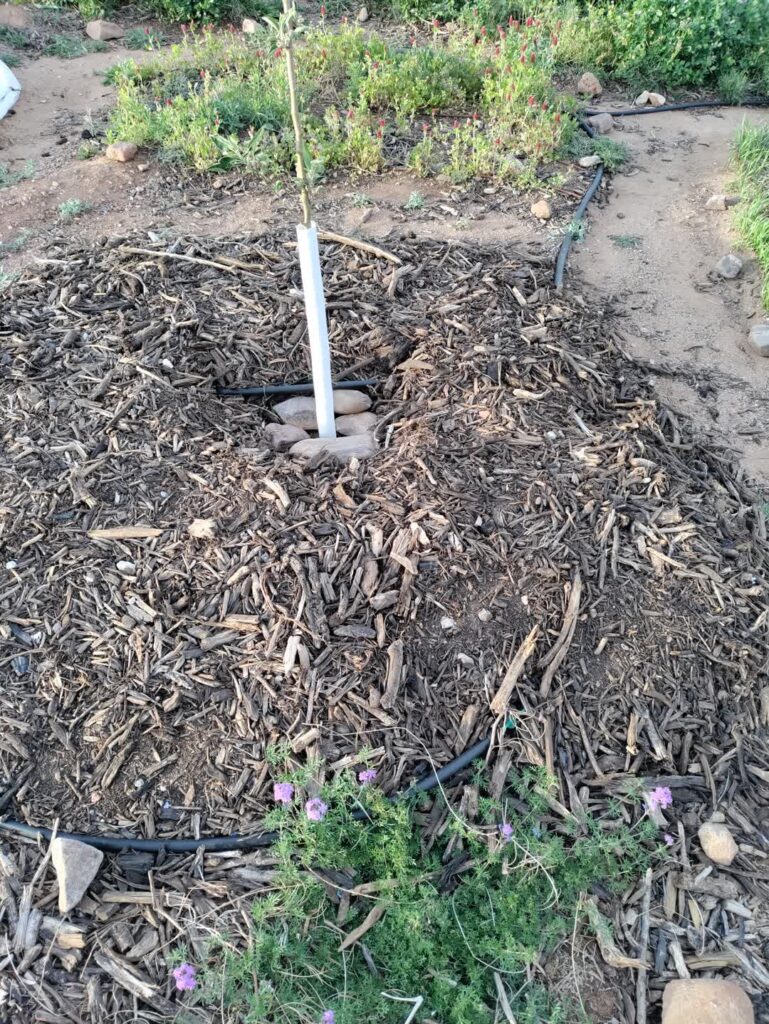
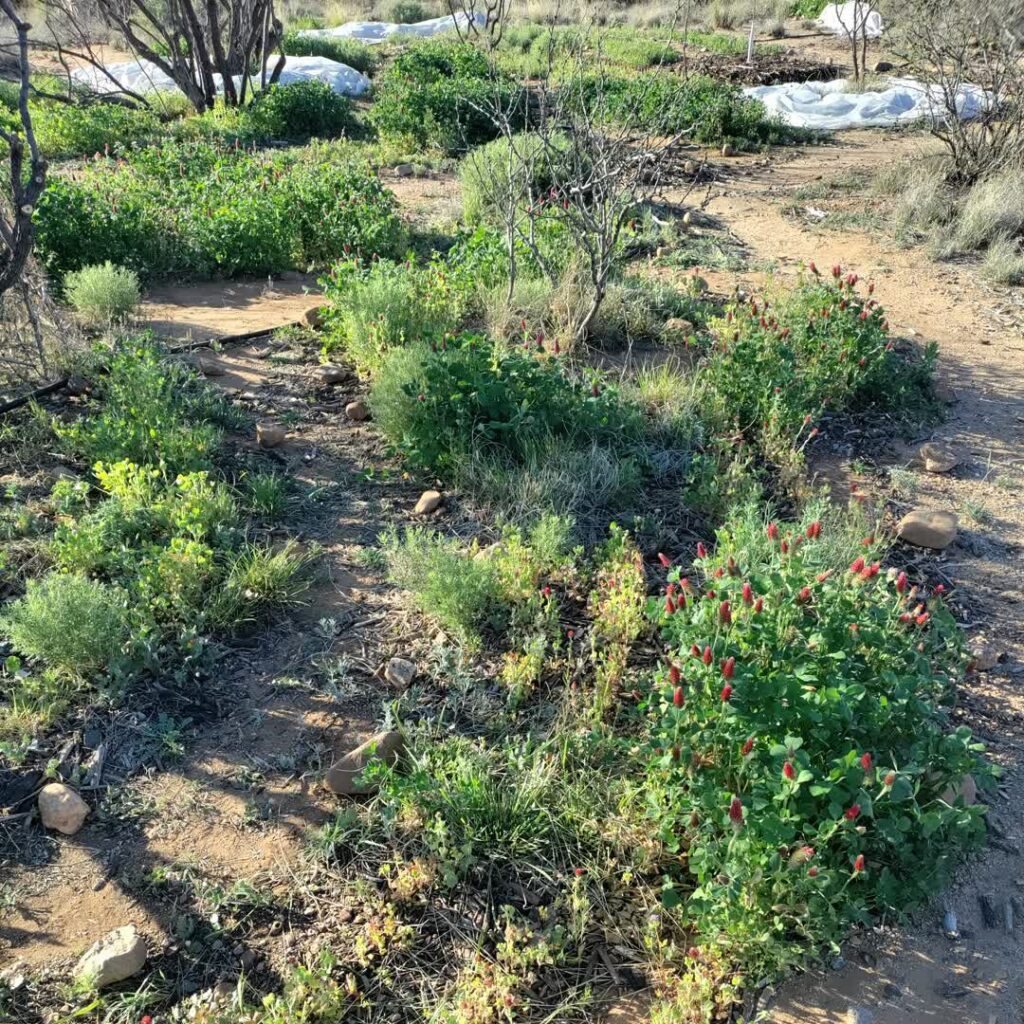
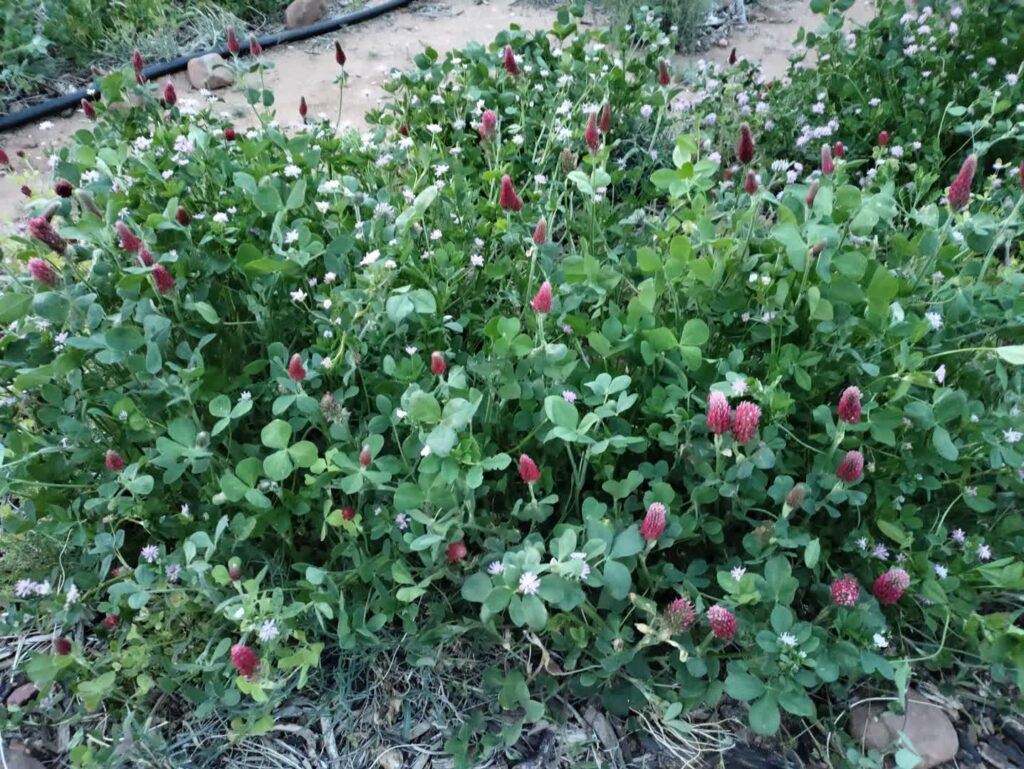
Last year we focused on growing soil so that this year we could focus on growing plants. We had factored in monsoon rains as a big part of our soil building plan. Unfortunately we got “nonsoons” last year which definitely set back our soil building plans. So this year we’re still developing soil while also experimenting to see what we can grow here. If you look around the desert you’ll see that not a lot wants to grow here. We’ve planted and are cultivating many trees and plants that do grow here to provide benefits such as wind protection and microclimates. As they grow, the whole system will get better and better over time!
Here’s my daughter’s description of her master garden plan:
How We Planned Our Garden this Year
First off, we wrote out what we wanted to be eating in the coming year. Such as what we like to eat and what we wanted to put up in storage (such as squash) and what we regularly use in cooking. We wanted to start small but by the end we had quite the list since we like our veggies!
Then with each item we wanted to grow, we looked up the production of each plant (ie. # of pounds that each one produces), as well as the length of good production, days to maturity, if it's a warm or cool season vegetable, etc.
With this information, we started making our calendar. We based it on a weekly schedule because that's as small as we felt it needed to go. A monthly calendar would have been too big since we're using succession planting, which some things you plant weekly or more. We also did it in a note app on our phone because we wanted it easily accessible, but you could do it on a spreadsheet if you wanted.
Let's take beets for an example. They are 65 days to maturity with one beet for production and they're a cool season crop. So that means we want to be harvesting the last beet before it gets too hot, which is the 1st week of May in our climate. So we count backwards 65 days from the 1st week of May, which ends up being the 4th week of March. But because they could be growing before then and we want a continual harvest for as long as possible, we started planting in February. And because we don't want to be overloaded at any one time with beets, we planted 25 beets every week, ending in the last week of March. Since we planted 25 every week, we could potentially harvest 25 beets every week starting the 2nd week of April (65 days after first planting) through the 1st week of May (65 days after the last planting).
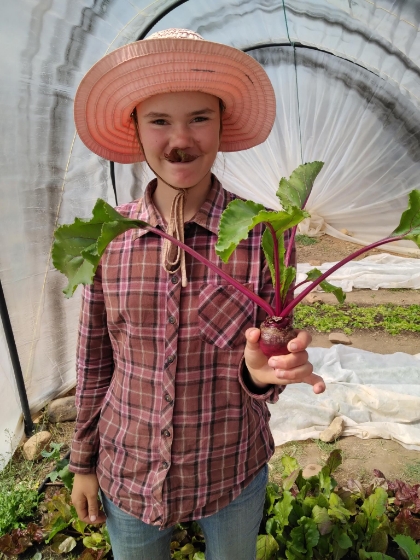
That may seem like a lot of beets to eat every week, but you always have seeds that don't germinate, and then you have the pests and diseases that always come, and then the critters that will eat the dinner prepared for them! That's why you always want to plan way more extra than you really think you'll need... and if you do end up with extra, nothing is more rewarding than sharing the fruit of your labor!
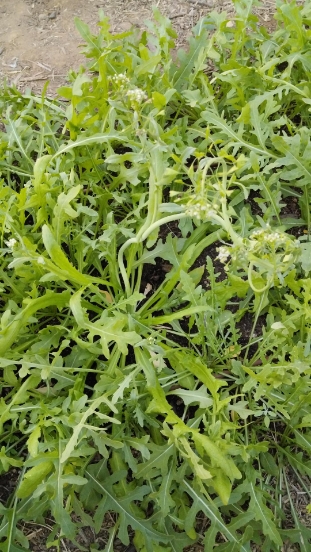
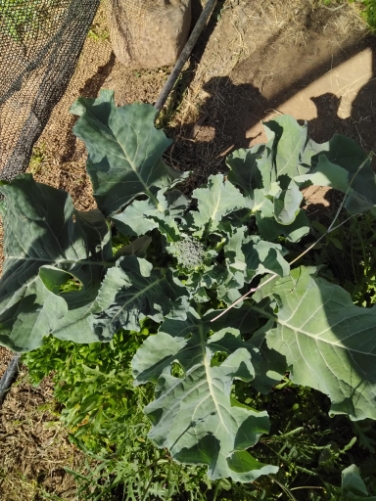
Another example: bush beans. They are 50 days to maturity, a warm season crop, produce for about 2 weeks, and each plant produces ⅓ lb. So we first planted in the 3rd week of April (that's when it begins warming up) for the first harvest to begin the 1st week of June. If we want the last harvest to be before the first frost, then the last planting should be the 1st week of August with bi-weekly plantings in between. By planting every 2 weeks, then we're always having some of the bean plants in full production (since they produce for about 2 weeks). We plant 14 beans every time (except on the last time we'll plant double so we can save the seed for next year). So that potentially gives us roughly 3# of beans every week for harvesting.
With tomatoes and peppers, we only did one planting because they produce indefinitely. Another tip with cool season crops: you can usually plant in the late summer too and get another harvest in early winter to prolong the harvest.
Here are some guidelines we followed for succession planting for a continual harvest:
- baby lettuce, radishes, and spinach can be planted every 7 days
- peas, sweet corn, and bush beans every 10 days
- beets, turnips, and head lettuce every 14 days
- summer squash, carrots, and Swiss chard every 30 days
Using succession planting enables you to plant just a handful of seeds each week, and thereby isn't such a chore. Plus it gets you out there in your garden more frequently to catch problems early.
We also made a harvest calendar. Here we wrote down pounds (or whatever measurement was easiest) of produce we should be expecting from each vegetable based on when the days to maturity ends. This was mainly for the planning process so we could see if we were going to have enough vegetables each week to fill our vegetable eating quota. It's also nice now during the growing season to see how everything is coming along...or not!
For example: right now we are supposed to be harvesting 25 beets, 15 bok choy, 50 purple carrots, 12 kale, mirlo lettuce, green onions, and spinach. But that is not the reality. We haven't harvested anything that we've planted this spring because they aren't growing as fast as we thought they would. We've only been eating the things that we planted last fall and over the winter (which is quite a bit and has saved us a lot of money by the Lord's blessing)! So the harvest calendar is helpful to compare reality with the plan. We're still learning the timing of everything here!
Companion planting is another big one to have fun with. The idea is to pair plants with others that can help ward off common pests for the other plant, among other things. The more plants in the companion planting the better. It isn't so easy for a pest to wipe out your entire crop of a certain vegetable if there are many other plants they don't like in between the plants they do like.
There are many charts out there showing companion plants with the main garden vegetables. We had several already downloaded, so it was pretty easy to figure it out. We didn't plan out every square foot of the garden. Instead we just look at the charts every week when it's time to plant and look at the empty spots in the garden and fill accordingly with the seeds we need to plant.
If you get the planting calendar done ahead of time, then it relieves the headache the rest of the year because all you have to do is look at what needs to be planted this week... and then go plant! Enjoy!
"And the one on whom seed was sown on the good soil, this is the man who hears the word and understands it; who indeed bears fruit and brings forth, some a hundredfold, some sixty, and some thirty." (Matthew 13:23)
"Now the parable is this: the seed is the word of God." (Luke 8:11)

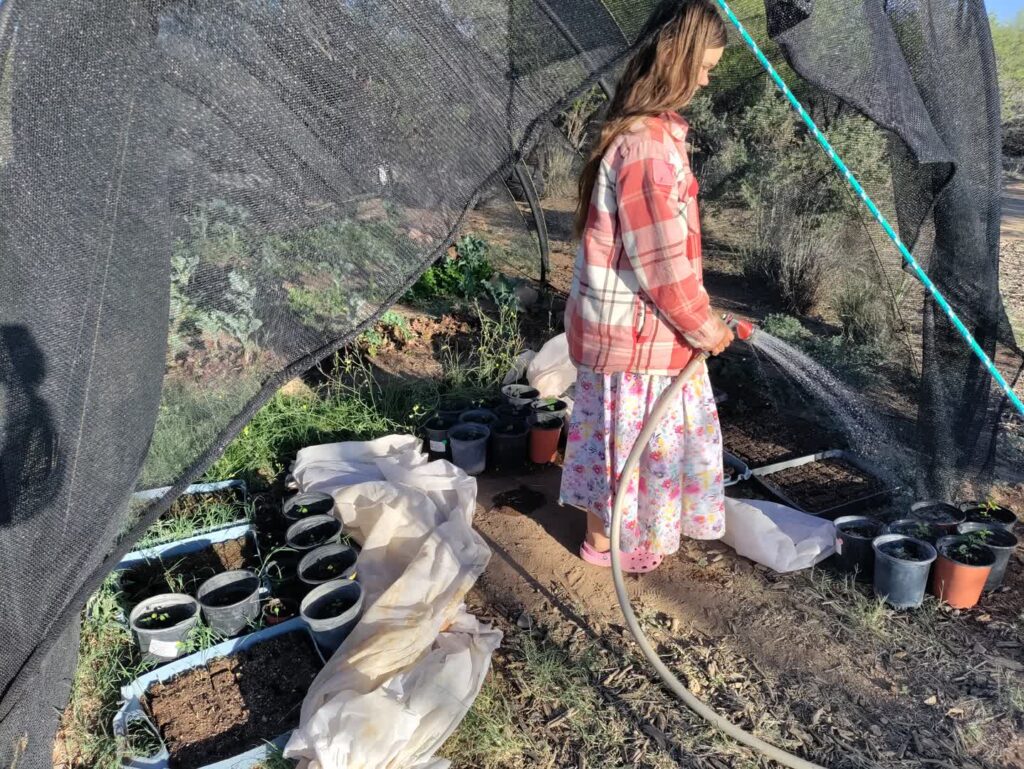
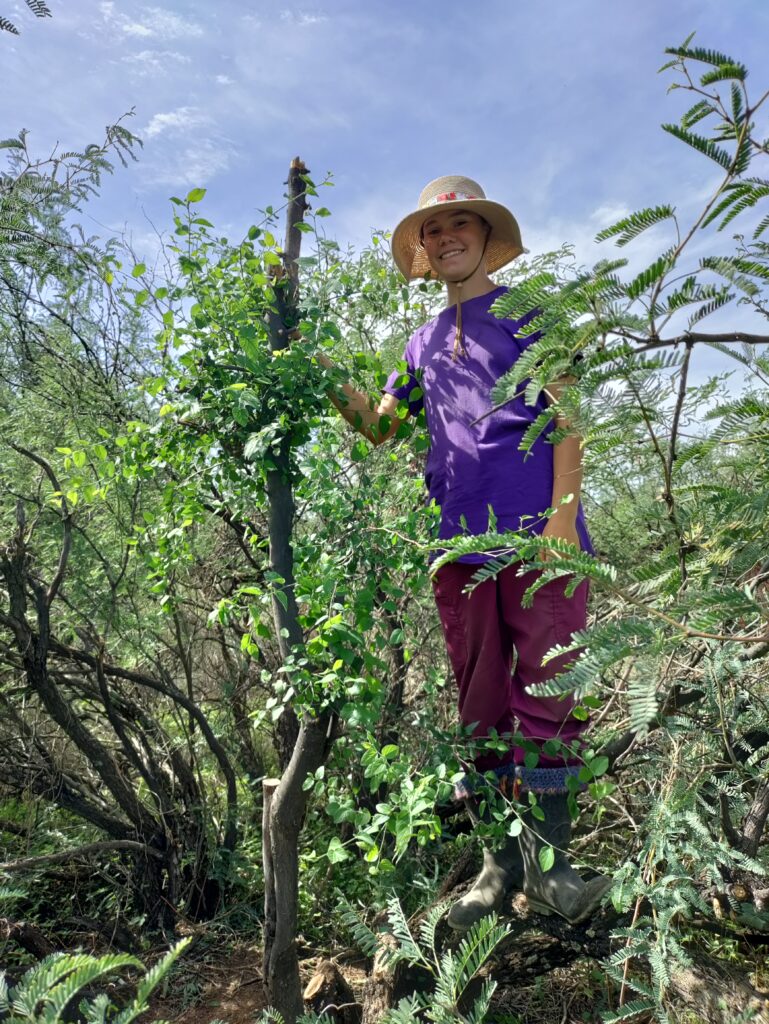
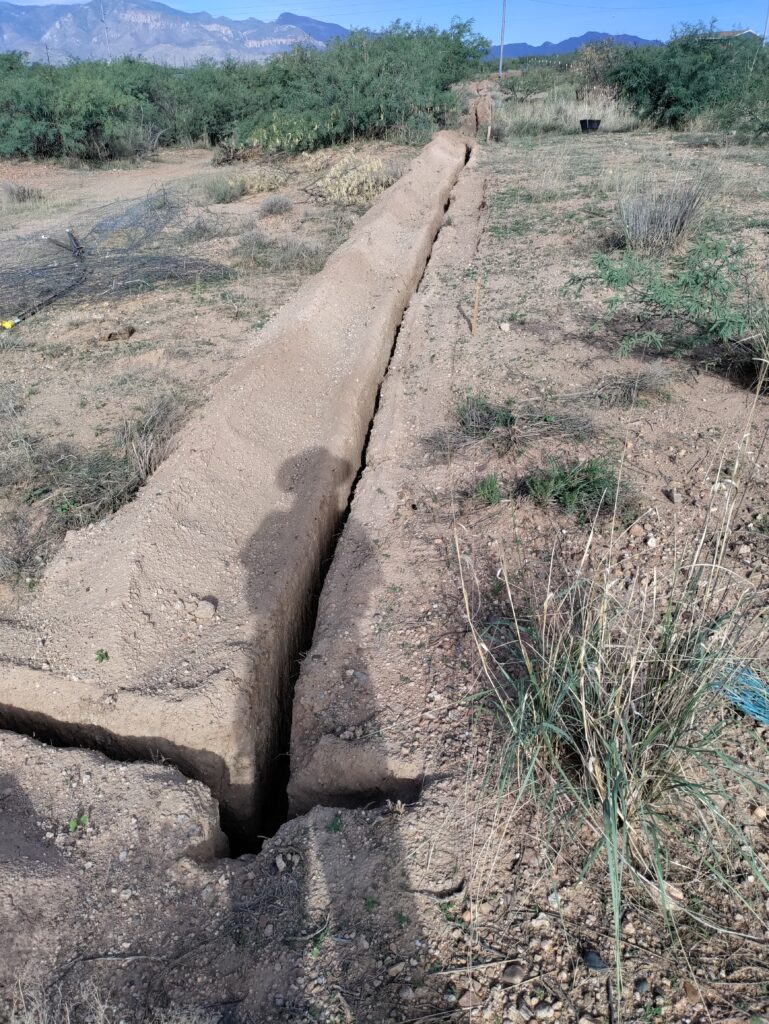
Pingback: 2024 Sabbatical Ranch Progress – Sabbatical Ranch